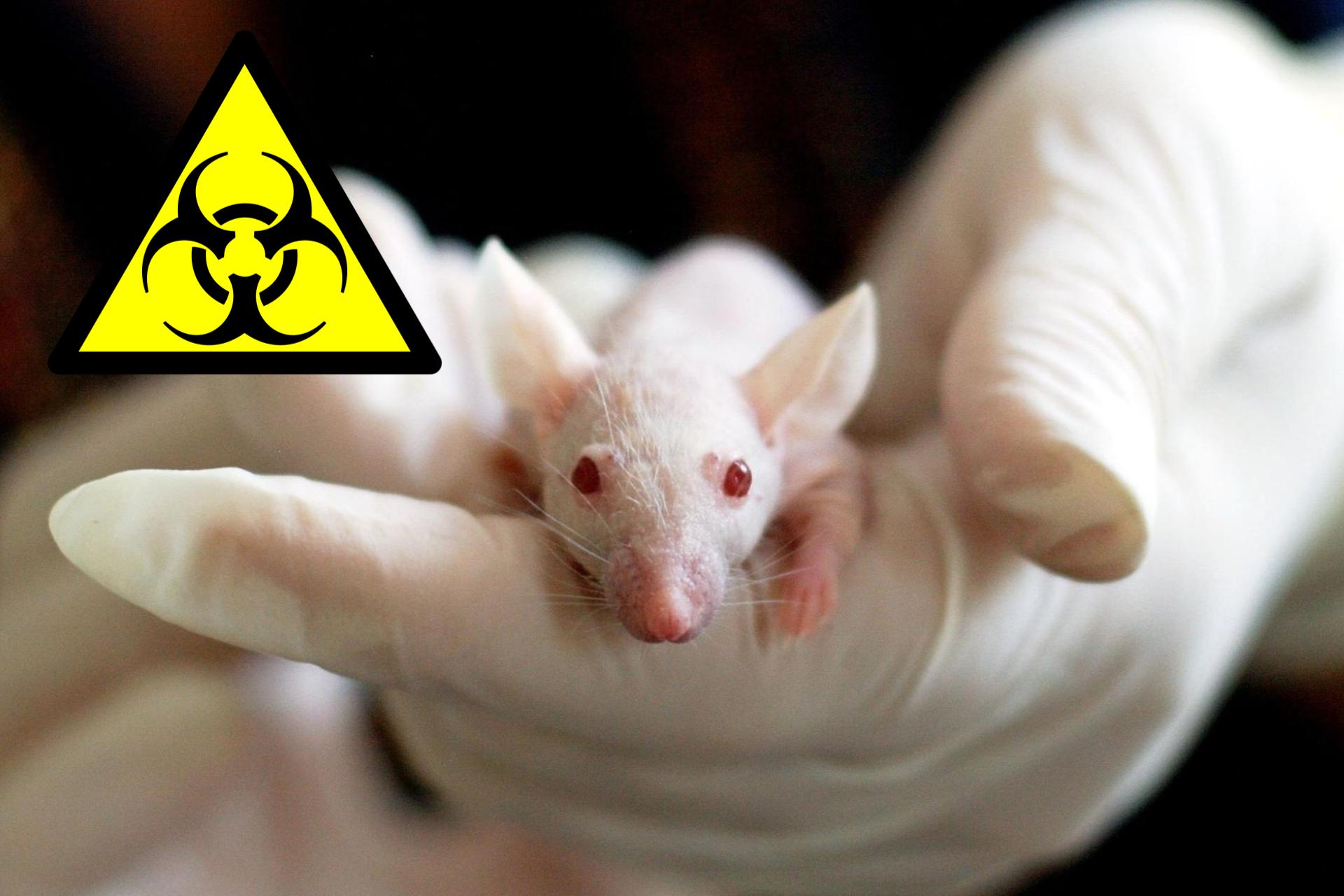HLS.Today – Health security is a term used to refer to the protection of a population from health-related threats, including infectious diseases and bioterrorism. In recent years, there has been an increased focus on health security at the national and global level, as outbreaks of infectious diseases such as Covid, Ebola and Zika have highlighted the need for effective measures to protect against health-related threats.
In response to these challenges, many governments have developed plans and strategies to protect their populations from health-related attacks and terrorism. These efforts typically involve a range of measures, including surveillance and monitoring of potential threats, public health preparedness and response plans, and the development of vaccines and other medical countermeasures.
Early Detection
One key component of health security is the early detection and rapid response to potential threats. This involves the use of surveillance systems to monitor for the emergence of new or unusual health events, such as outbreaks of infectious diseases. In many countries, this surveillance is carried out by public health agencies, which use a combination of laboratory testing, epidemiological investigation, and other tools to identify potential threats and take action to prevent their spread.
In addition to surveillance and detection, governments also play a crucial role in promoting public health preparedness and response. This involves the development of plans and protocols to be used in the event of a health-related emergency, such as an outbreak of an infectious disease or a bioterrorism attack. These plans typically include measures to prevent the spread of the threat, such as quarantine and isolation, as well as steps to provide medical care to those affected.
Countermeasures
Another important aspect of health security is the development of medical countermeasures, such as vaccines and other treatments, to protect against potential threats. Governments often play a central role in supporting the research and development of these countermeasures, as well as in their procurement and distribution. This can involve funding for the development of new vaccines and treatments, as well as the stockpiling of existing medical countermeasures to be used in the event of an emergency.
In summary, health security is a critical concern for governments around the world, and many have developed plans and strategies to protect their populations from health-related threats. These efforts typically involve a combination of surveillance and detection, public health preparedness and response, and the development of medical countermeasures. By taking these steps, governments can help to reduce the risk of health-related attacks and terrorism, and protect the health and well-being of their populations.
The 20 steps nations protect themselves from health related terrorism
- Developing a national strategy or plan for health security and emergency preparedness, which outlines the specific measures to be taken in the event of a health-related emergency.
- Establishing a national surveillance system to monitor for the emergence of new or unusual health events, such as outbreaks of infectious diseases or bioterrorism incidents.
- Developing and implementing protocols for public health preparedness and response, including measures to prevent the spread of health-related threats, as well as plans for providing medical care to those affected.
- Supporting the research and development of medical countermeasures, such as vaccines and other treatments, to protect against potential health threats.
- Stockpiling medical countermeasures and other essential supplies to be used in the event of an emergency.
- Providing training and education to public health officials and other relevant personnel on the identification and management of health-related threats.
- Establishing partnerships and collaborations with other countries, international organizations, and the private sector to share information, expertise, and resources related to health security.
- Enhancing the resilience of health care systems, including by improving infrastructure, emergency management capabilities, and the availability of medical supplies.
- Strengthening border control measures to prevent the introduction and spread of health-related threats into the country.
- Enhancing the capacity of laboratories and other diagnostic facilities to detect and identify potential health threats.
- Developing and implementing regulations and policies to ensure the safe handling and disposal of infectious materials and other hazardous substances.
- Providing education and outreach to the public on the importance of health security and how individuals can protect themselves and their families from health-related threats.
- Supporting the development and implementation of international health regulations and other global health governance frameworks.
- Providing financial and other support to countries with weaker health systems to help them improve their capacity to prevent, detect, and respond to health-related threats.
- Establishing mechanisms for coordinating the response to health-related emergencies, including through the development of incident command systems and other disaster management frameworks.
- Developing and implementing plans to protect critical infrastructure and essential services, such as hospitals and power systems, in the event of a health-related emergency.
- Establishing a national public health institute or other central body to coordinate and oversee health security efforts.
- Developing and implementing regulations and policies to ensure the safety and effectiveness of medical products, including vaccines and other treatments.
- Providing support and resources to public health agencies and other relevant organizations to enable them to carry out their roles and responsibilities related to health security.
- Engaging with communities and other stakeholders to build support for health security efforts and to ensure that the public is aware of and prepared for potential health-related threats.
Bio-hazards threats, occurrences and mitigation protocols
Biohazards are biological substances or organisms that pose a threat to human health or the environment. These threats can come in many forms, from infectious diseases and toxins to genetically modified organisms (GMOs) and hazardous materials.
Biohazards can be found in a variety of settings, including healthcare facilities, research laboratories, agricultural settings, and even in nature. The potential for biohazardous threats to cause harm is a major concern for governments, public health agencies, and individuals around the world.
One of the most well-known examples of a biohazardous threat is the outbreak of infectious diseases. These diseases can be caused by a wide range of pathogens, including bacteria, viruses, and parasites. Some of the most infamous examples of infectious diseases include the bubonic plague, smallpox, and Ebola.
In recent years, the rise of antibiotic-resistant bacteria has become a major concern. These “superbugs” are able to withstand the effects of antibiotics, making them more difficult to treat and control. As a result, these bacteria can spread rapidly and cause serious illness and even death.
Another type of biohazardous threat is the use of toxins. These substances are produced naturally by certain bacteria, plants, and animals, and can have severe health effects when ingested or inhaled. Toxins can also be created artificially, either through the use of chemical weapons or by terrorists.
Genetically modified organisms (GMOs) are another potential source of biohazardous threats. These organisms are created through the manipulation of their genetic material in order to produce desired traits or characteristics. While GMOs can have potential benefits, they also raise concerns about their safety and potential impact on the environment.
Hazardous materials are another type of biohazardous threat. These materials can be found in many different forms, including chemicals, radioactive substances, and biological agents. When mishandled or released into the environment, hazardous materials can cause serious harm to human health and the environment.
To mitigate the risks posed by bio hazardous threats, a number of protocols and guidelines have been put in place. These include measures to prevent the spread of infectious diseases, such as vaccination programs and quarantine procedures. In addition, strict regulations and guidelines are in place for the handling of hazardous materials and GMOs.
In the event of a biohazardous attack or outbreak, response teams are mobilized to contain and control the situation. These teams may include public health officials, law enforcement agencies, and emergency responders. In addition, emergency protocols are put in place to protect the public and minimize the impact of the threat.
Overall, biohazardous threats are a serious concern for individuals and communities around the world. By understanding the potential risks and taking appropriate precautions, we can help to mitigate the impact of these threats and protect ourselves and the environment.
Detecting and preventing chemical, biological, radiological, and nuclear threats
The world we live in today is filled with numerous potential threats, ranging from natural disasters to man-made accidents and acts of terrorism. One particular type of threat that has garnered a lot of attention in recent years is the threat of chemical, biological, radiological, and nuclear (CBRN) weapons.
CBRN weapons are a class of weapons that utilize chemical, biological, radiological, or nuclear materials in order to cause harm or destruction. These weapons can be difficult to detect and can have devastating effects on both individuals and entire populations. As such, it is important for individuals, organizations, and governments to have strategies in place for detecting and preventing CBRN threats.
One way to detect CBRN threats is through the use of specialized equipment and technology. For example, sensors can be used to detect the presence of chemical or biological agents in the air, water, or soil. Radiological detectors can be used to detect the presence of radioactive materials, and radiation monitors can be used to monitor the levels of radiation in an area.
In addition to the use of specialized equipment, trained personnel can also play a crucial role in detecting CBRN threats. These individuals are trained to recognize the signs and symptoms of chemical, biological, radiological, and nuclear exposure, and can use this knowledge to identify potential threats and take appropriate action.
Once a CBRN threat has been detected, it is important to take steps to prevent or mitigate the effects of the threat. In some cases, this may involve evacuating individuals from the affected area, or providing them with protective equipment such as masks or suits to limit their exposure to the threat.
In other cases, it may be necessary to use specialized decontamination equipment to remove or neutralize the threat. For example, decontamination showers or tents can be used to remove chemical or biological agents from individuals, while specialized machinery can be used to remove radioactive materials or dispose of nuclear waste.
In addition to these physical measures, it is also important to have effective communication and coordination strategies in place to ensure that appropriate responses to CBRN threats are carried out quickly and efficiently. This may involve the use of emergency alert systems, communication networks, and emergency response plans.
Overall, the detection and prevention of CBRN threats is a complex and challenging task that requires a combination of specialized equipment, trained personnel, and effective communication and coordination. By implementing these strategies, individuals, organizations, and governments can help to protect themselves and their communities from the potential dangers of CBRN weapons.
Source HLS.Today








